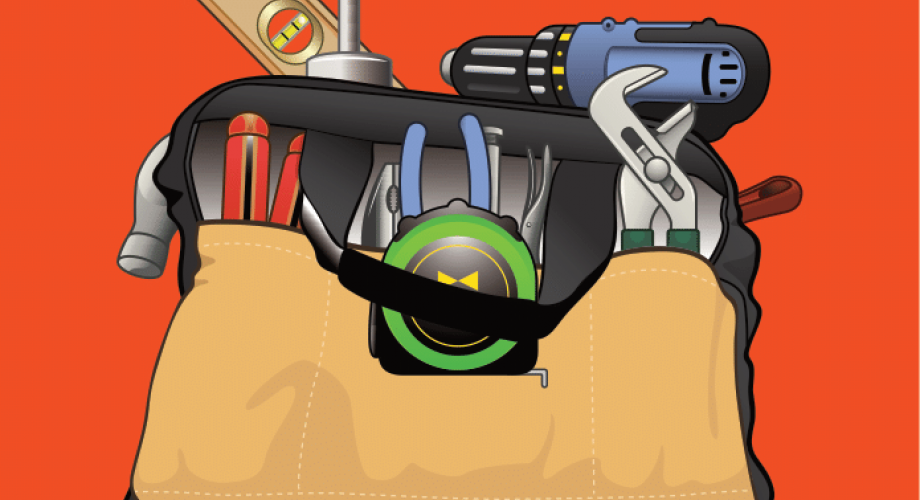Q: I need to do some caulking in my apartment building both inside and outside the units. I need some advice. The hardware store carries a large number of caulk types and I don’t know what to buy!!! Can you help explain the different types of caulk and where to use them?
A: It truly can be confusing. The following is a breakdown of the most common caulk types and when and where to use them:
1. Acrylic Latex Caulk (painter’s caulk): Inexpensive, easy to use, water clean-up. Not for use in damp locations such as bathroom or kitchen or outdoors. Designed to be painted over.
2. Vinyl Latex Caulk: Easy to use, water clean-up and can be used outside. Not very flexible; use in expansion joints is not recommended.
3. Acrylic Tile Sealant: Easy to use, water clean-up. The sealant is perfect for bathroom and kitchens and other wet locations. It is mold and mildew resistant and paintable.
4. Siliconized Acrylic Sealant: Easy to use, soap and water or solvent clean-up. Perfect for porcelain tile, metal and glass. Similar to Acrylic Tile Sealant, but tougher and longer lasting.
5. Pure Silicon: Best for non-porous surfaces. Long-lasting, indoor/outdoor caulk. Super flexible and strong. Harder to use than any of the above caulks. Solvent clean-up. Mold and mildew resistant. Could smell until cured.
6. Butyl Rubber: Best use is outdoors. Messy to use. Perfect for sealing roofs, valleys, gutters, flashing and foundations. Moisture and movement tolerant. Sticks to anything. Clean up with solvents.
7. Elastomeric Latex Caulk: Water clean-up. Longest-lasting caulk. Great adhesion to almost all surfaces and can stretch close to 200%. Elastomeric caulk is very tolerant to wide temperature and weather extremes. It is most often used outdoors. This caulk can bridge gaps up to 2 inches wide and deep. The caulk dries very quickly; tool the caulk immediately after application.
Q: I am starting my planning for a major kitchen cabinet remodeling project in my rental units. However, I am having a difficult time making material and design decisions. What recommendations can you give?
A: When doing a kitchen or bath material selection, cohesive and functional design is important. Kitchen and bath rehabs are some of the most expensive work you can do in an apartment unit and proper planning is a must. To appeal to a larger segment of the population, try to keep the interior color scheme to neutral earth tones. Cabinetry quality varies greatly. Don’t let the cabinet fronts fool you. Manufactures designed their cabinets to look good at first glance. Keep in mind, being in a rental environment, the cabinets also need to hold up to heavy use. Look at the actual construction of the cabinet box or frame. You do not need to use custom cabinets to fit your existing layout; the use of prefabricated modular cabinetry can greatly reduce the time and cost to have a finished kitchen or bathroom. Using real wood cabinet fronts with 3/8” plywood sides is essential for durability. The drawer fronts and sides should be connected with a dovetail or other positive lock construction. Drawers that are held together by nails or cabinets built with particle board will not hold up over time.
On a side note, if you are gutting the kitchen or bathroom, use this time to relocate and add more electrical outlets and under-cabinet lighting.
If you would like to see your maintenance question in the “Dear Maintenance Men:” column, please send in your questions to [email protected]
